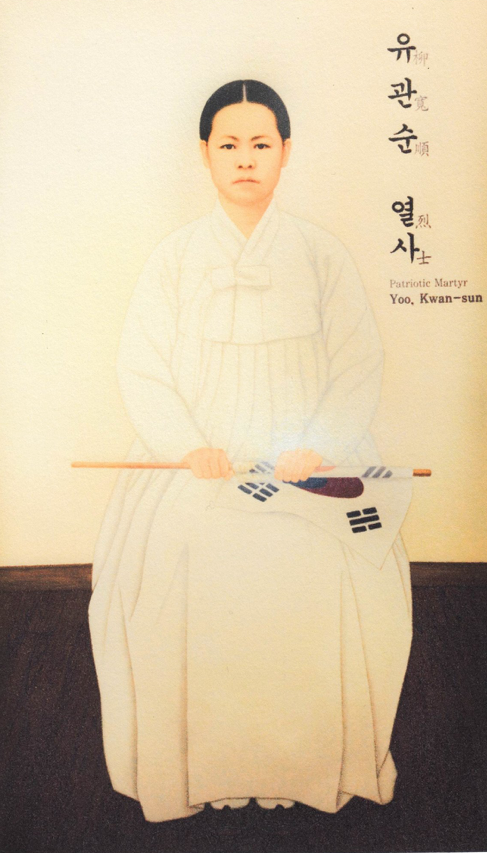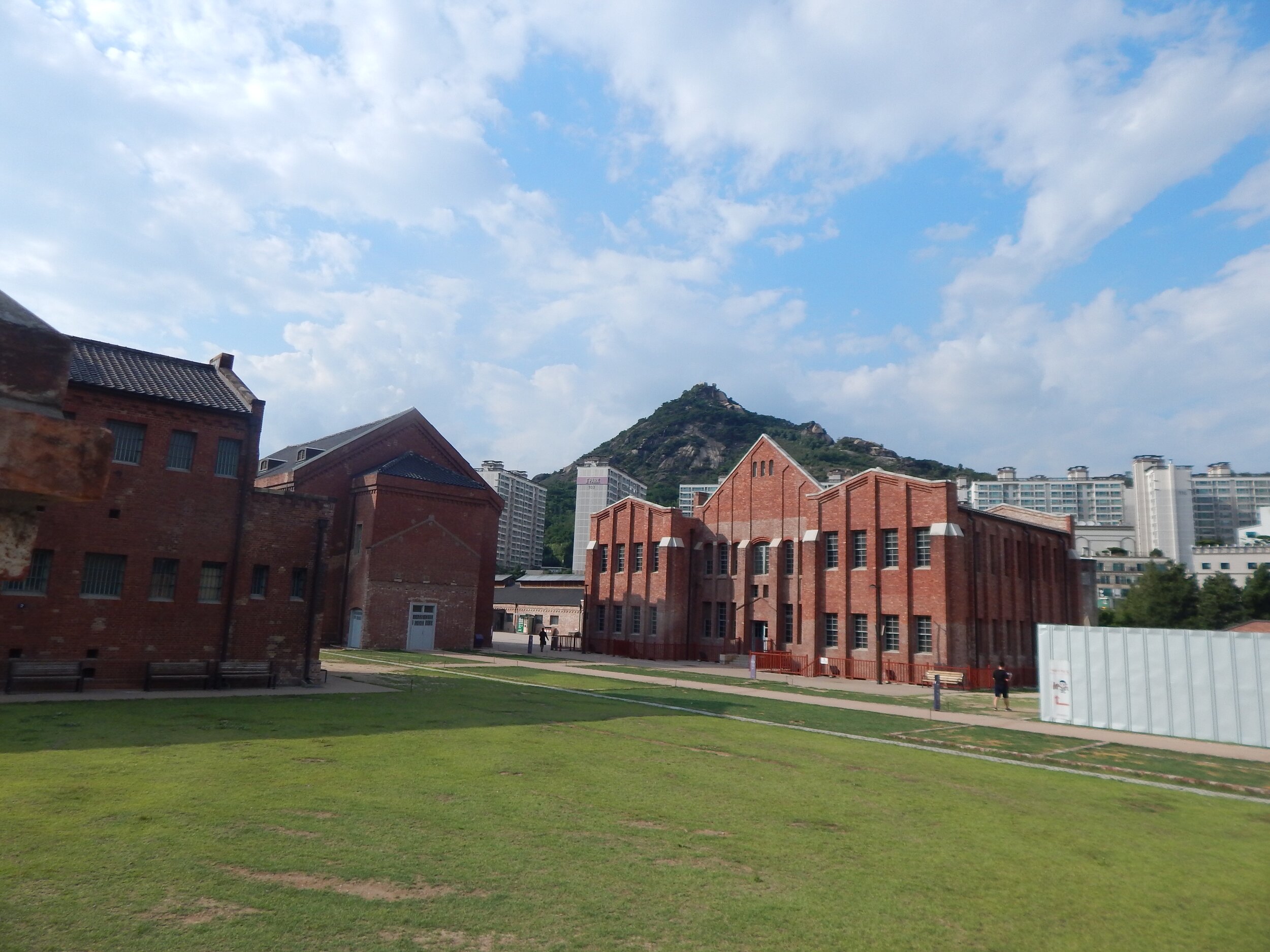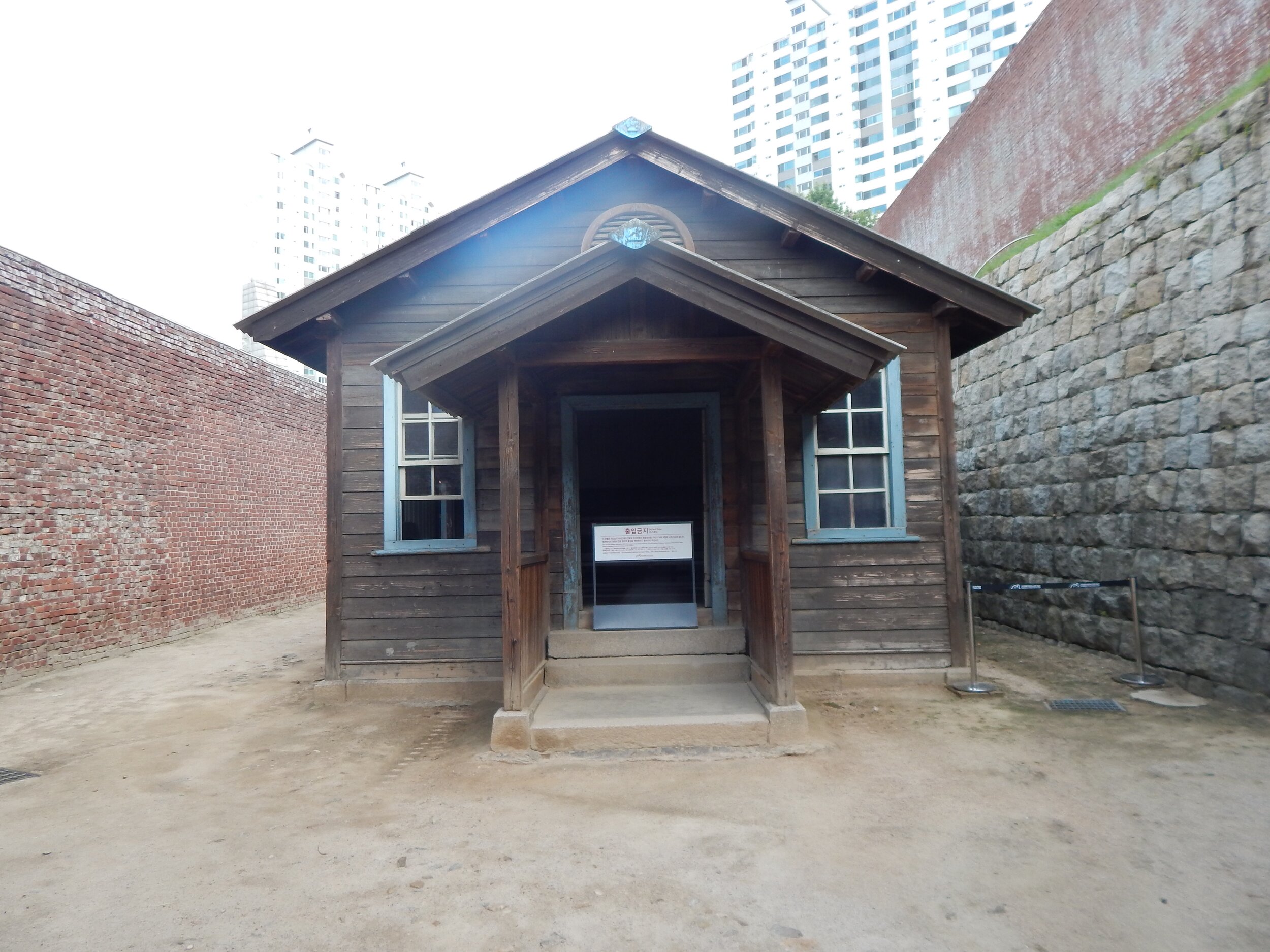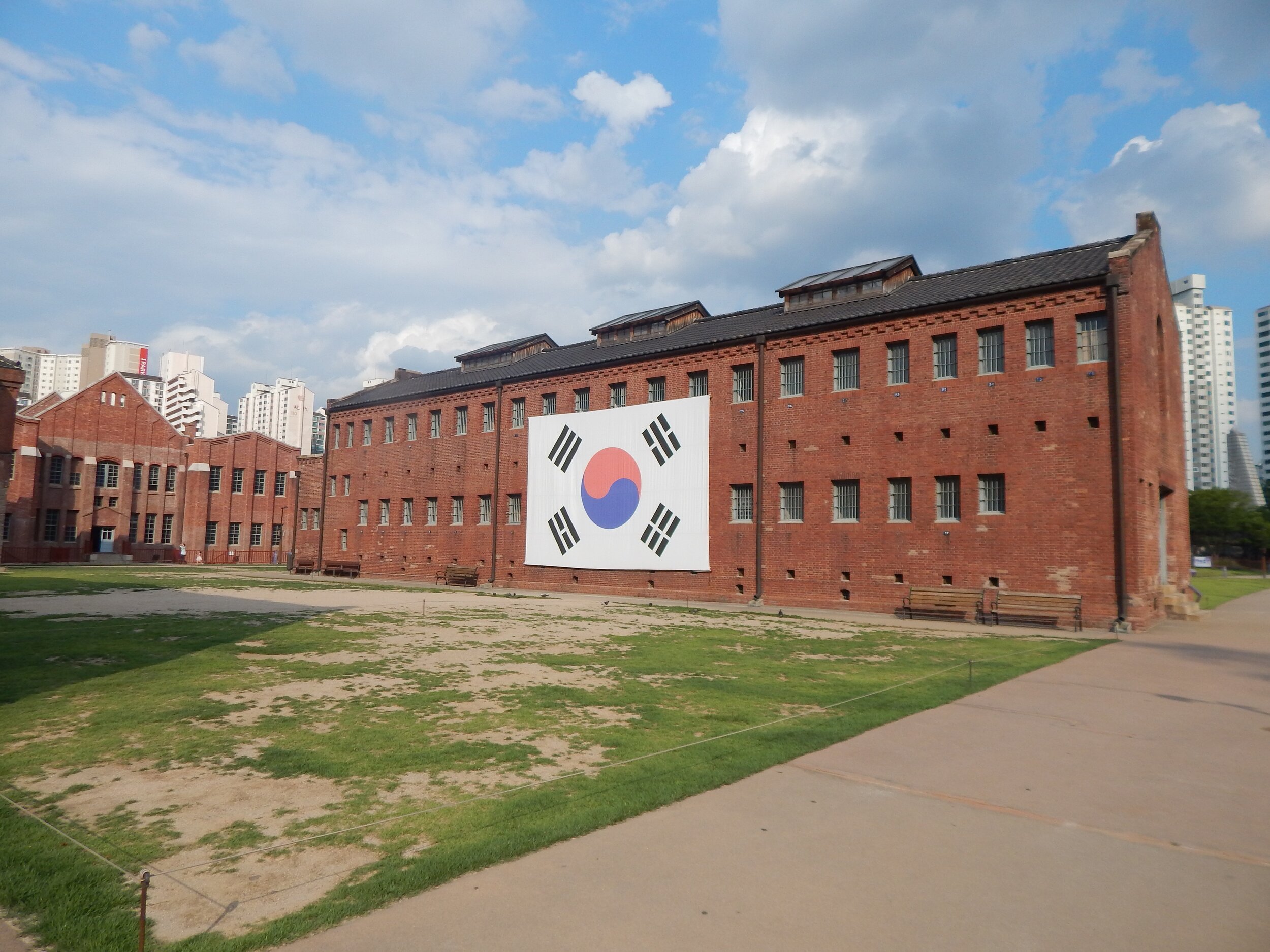Yun Gwan Sun - Korea’s Joan of Arc
Born in 1902, Yu Gwan Sun (유관순) was soon recognized as an intelligent and hardworking child, for which, in 1916, she was sent to the Ewha Women’s University in Seoul as recommended by one of her teachers, Alice Sharp. Whilst studying there, she witnessed the beginnings of the protests and took an active role in them.
However, in 1919 Korea saw one of the hardest years in it’s history. On 22nd of January, King Kojong, who had stepped down from his throne in 1907 in favor of Japanese rule, died, leaving Korea in rumors that he had been poisoned by the Japanese. The mourning for the king has further fueled the 1st of March Movement, where Yu and other students joined the mass demonstrations in Pagoda Park, downtown Seoul. However, the authorities soon broke up the demonstrations with a vast number of students and teachers being arrested. Ewha University was temporarily closed by order of the Governor-General of Korea and Yu went home to Yongdu-ri, where her involvement in demonstrations continued.
Yu and her family went village to village, door to door to encourage public to join the rising movement. She often worked until 3 or 4am, helping spread word of an organized demonstration set to take place on the 1st of April at Aunae Marketplace, which was attended by over 3,000 people. They were all chanting “Long live Korean Independence” and holding up their hands crying “Mansei”. However, once the Japanese police arrived, shots were fired at the unarmed Korean protesters, killing 19 people including Yu's parents with even more arrests including that of Yu herself.
By the time the authorities suppressed the protests a few weeks later, an estimated 2 million people out of a population of 20 million had participated in 1,542 pro-independence marches. More than 7,000 people had been killed, and approximately 46,000 had been jailed. Yu was offered a lighter sentence because of her youth if she would admit guilt and cooperate with the police. Despite being severely beaten and tortured, Yu refused to give up the names of collaborators or safe houses. As a result, she was convicted of sedition, she was then sentenced to five years at Seodaemun Prison in Seoul.
There, she was one between many women who had been imprisoned during the independence movement. Even though they knew they would be dragged by the soldiers, stripped and tortured to death, they still screamed for independence of their nation. Special cells were built to torture them, as small as 3.3 meters square and too low to stand up in. They there later named after Yu, “Yu Guan Sun’s Cave”, in dubious honor of their most famous occupant.
Even when imprisoned, Yu demanded the release of other prisoners and continued to express her support for Korean independence. She yelled at her Japanese captors and, with other inmates, organized a large-scale protest on the 1 year anniversary of the 1st of March movement. However, after the demonstration, she was taken to an underground prison, where she was repeatedly beaten and tortured for standing up for her country. Sadly, she died only three months before her release on 28th September 1920, at the age of 17. Even after her death, the Japanese Military was reluctant to let her body free.
“Even if my fingernails are torn out, my nose and ears are ripped apart, and my legs and arms are crushed, this physical pain does not compare to the pain of losing my nation,” she wrote in prison. “My only remorse is not being able to do more than dedicating my life to my country.”
The Korean Peninsula came under Japanese military rule three years after Yu was born. It was formally occupied in 1910, the start of a 35-year struggle for independence. Yu would not have remembered a free Korea, and sadly, she died long before liberation in August 1945. The 1st of March Movement did not immediately result in Korea’s independence, but it enhanced a sense of national unity and was a strong catalyst for resistance.
Known as Korea’s Joan of Arc, Yoo Gwan Sun was an inspiring, strong young lady who stood up for the rights of the Korean people by losing her own freedom and life. She remains a figurehead for Korean independence and inspires young women with her smart defiance.
She was buried in Itaewon cemetery, which was later destroyed. However, a shrine was built after Korean independence with statues at various universities and schools. Legend says, that on the 1st of March, the statues of Yu Gwan Sun will march around shouting “Long Live Korean Independence” and if you say her name to one of the statues, the head will turn and she will look into your eyes. Today, 1st of March is a national holiday in South Korea.





